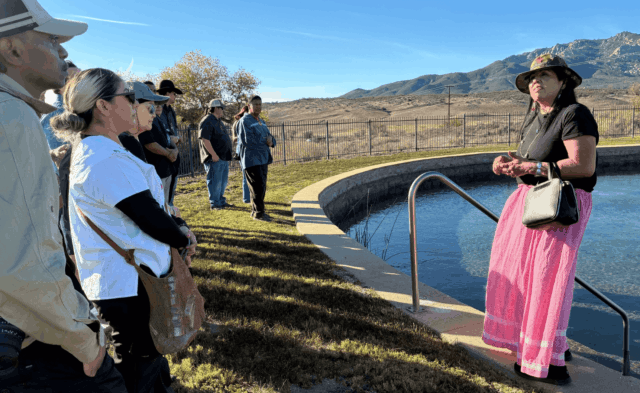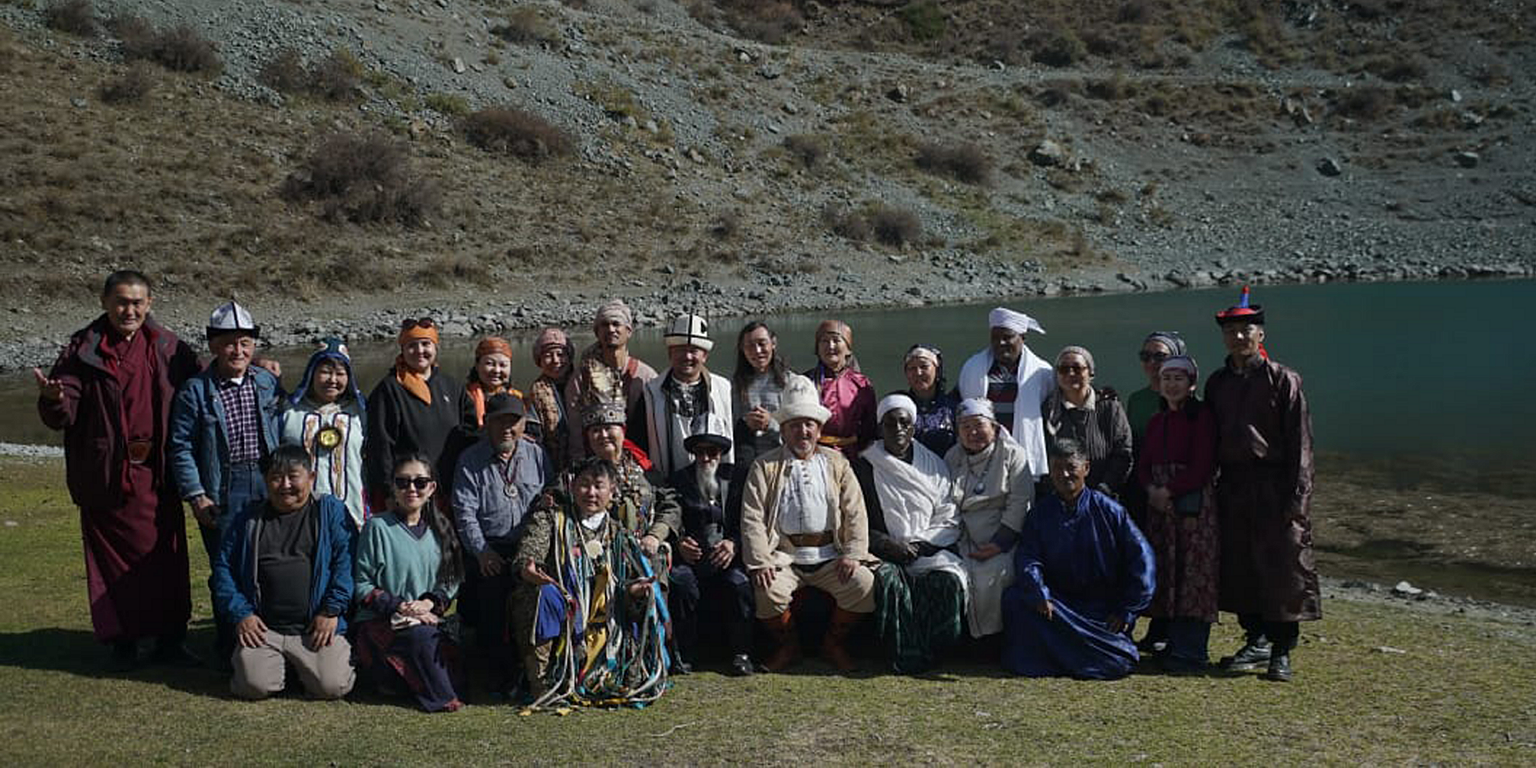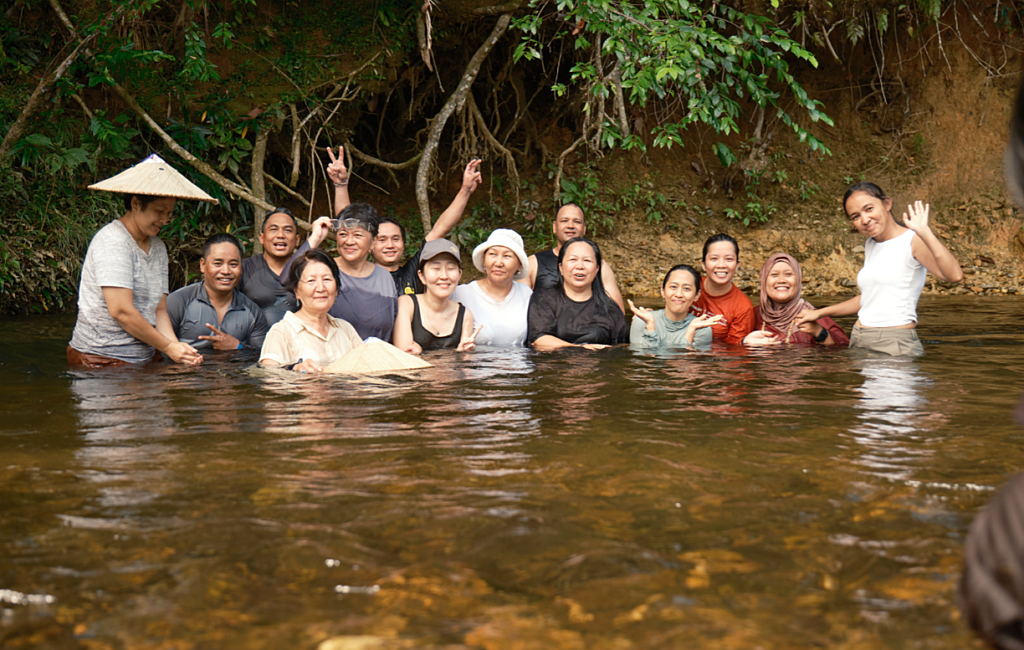Rapa Nui National Park comprises 40% of the island's territory, including four nearby islets. The park is a testament to an undeniably unique culture, with its most eminent features being the archaeological sites. The island has a high concentration of these sites, with an estimated 900 statues, over 300 ceremonial platforms, and thousands of agricultural, mortuary, housing, productive, and other structures. Many of the sacred and spiritual sites of the Rapa Nui people are located within the park. In 1995, Rapa Nui was declared a World Heritage Site by UNESCO, recognized for its Exceptional Universal Value. The World Heritage Committee included the park on the list, highlighting the remarkable and unique cultural phenomenon it represents.
The Rapa Nui people are working towards creating their own government with constitutional recognition, which will allow them to effectively exercise their rights to self-determination. Food, a healthy environment, a spiritual connection with the land, and life in society are essential for the Rapa Nui.

























